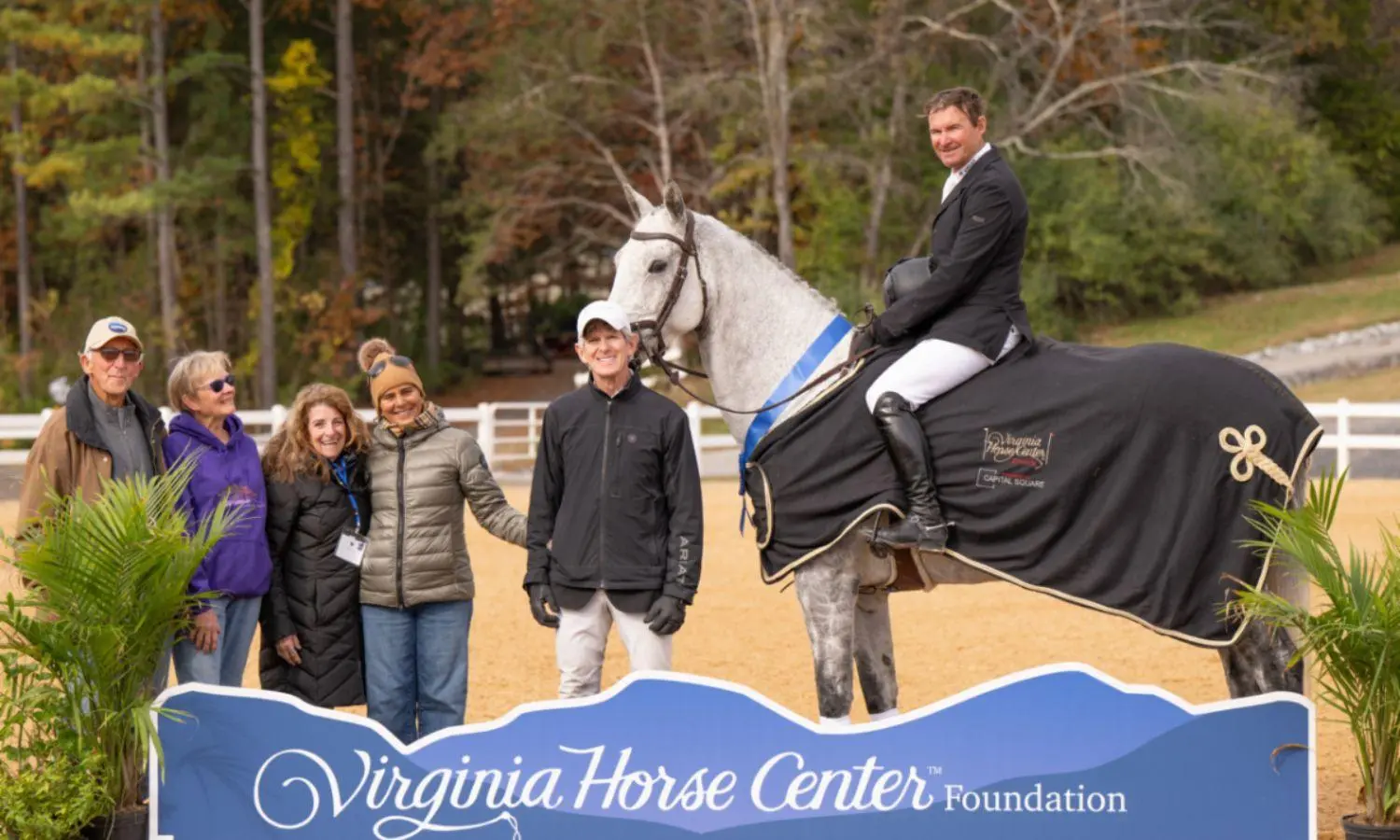USEA's Eventing Hall of Fame: Class of 1999
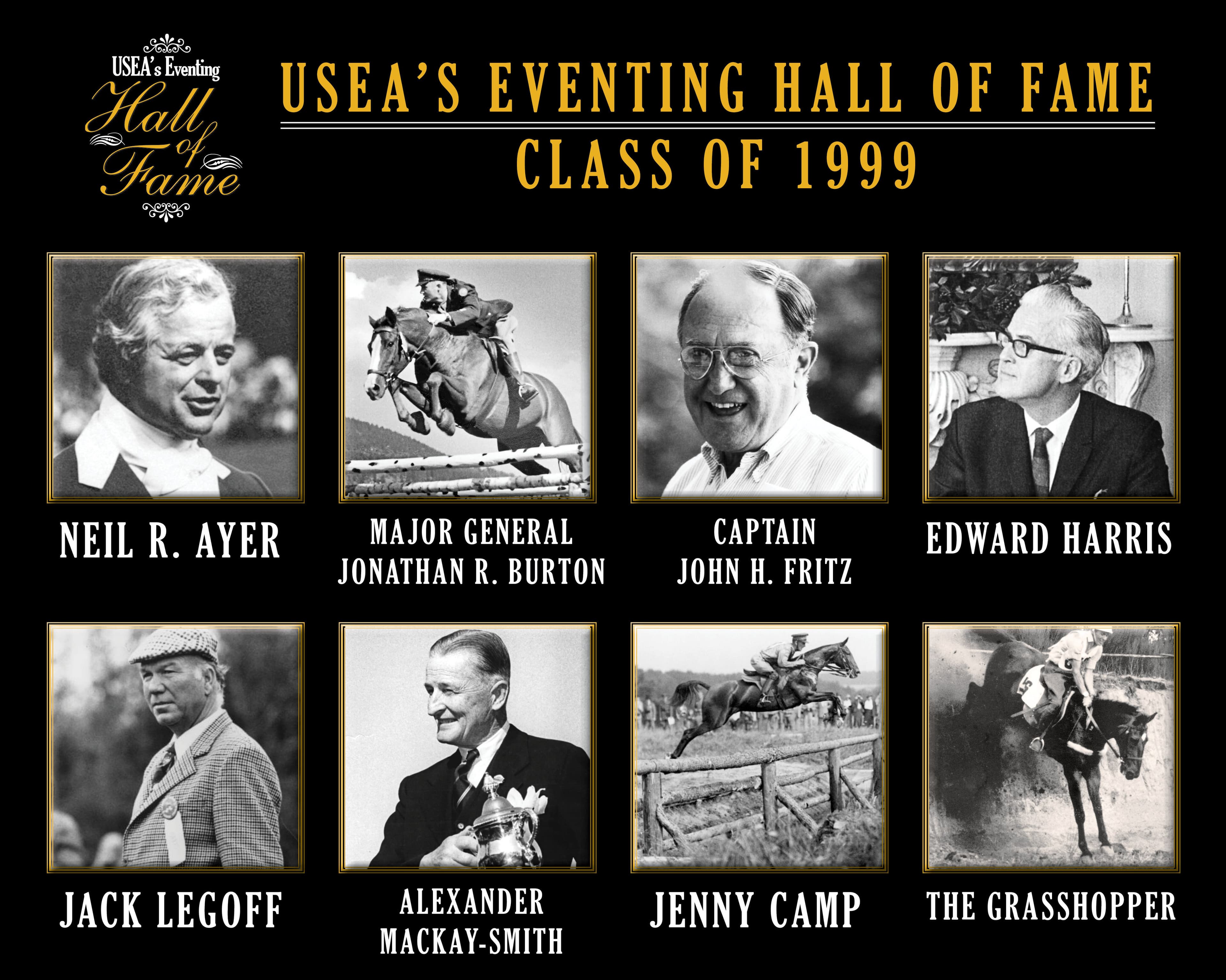
The United States Eventing Association's (USEA) Eventing Hall of Fame was established in 1999 to honor the accomplishments, contributions, and dedication of the members of the eventing community who have truly made a difference to the sport. Induction into the USEA’s Eventing Hall of Fame is U.S. eventing's highest honor and recipients include past Association presidents, volunteers, riders, founding fathers, course designers, officials, organizers, horses, horse owners, and coaches.
In preparation for the 20th anniversary of the USEA’s Eventing Hall of Fame we’re taking a walk down memory lane to revisit the inductees who have joined the Hall of Fame over the years. Read on to meet the Hall of Fame Class of 1999.
Neil R. Ayer (1926-1990)
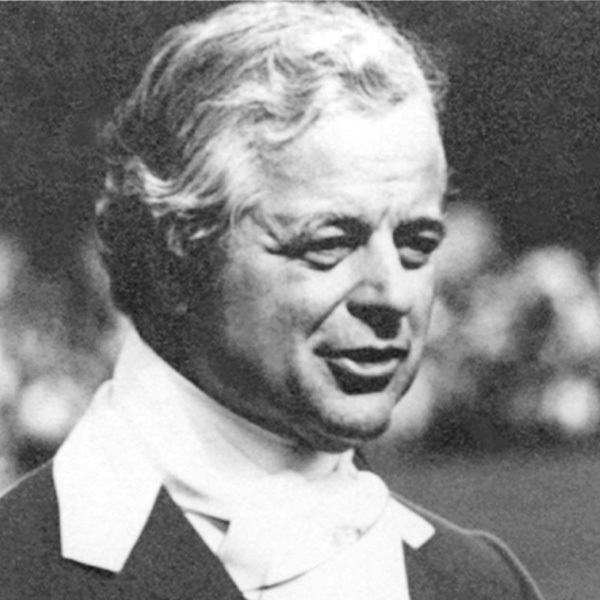
Neil Ayer was primarily responsible for the success and popularity of American eventing in the 1970s and the 1980s. Born at Ledyard Farm in 1926, Ayer attended the United States Military Academy from 1944 to 1948 and served as a member of the United States Army until 1952. After his military service, he attended Harvard Business School, attaining his MBA in 1954 after which he went to work for the family investment firm, Ayer Tenens Corporation, until his death in 1990.
Ayer was something of a legendary figure – larger than life and brimming with energy, enthusiasm, and intensity. He was just as at home digging a ditch in an old mud and creosote-covered T-shirt as he was following hounds in the resplendent colors of the Myopia Hunt, where he served as Master of Foxhounds from 1968 to 1984. Ayer uniquely combined the style and manners of the Boston Brahmin with a most thoroughly democratic attitude that shunned snobbery and pretension and appreciated sincerity and merit. He was unfailingly courteous and gracious to everyone and was greatly respected, not just for his many attainments, but because he always accorded respect to others.
The things that Ayer did for eventing, though exceptional, are not as important as the way he did them: with an enthusiasm that inspired belief and commitment in others. Ayer became president of the United States Combined Training Association (USCTA) in 1971 during a time when eventing was struggling to gain a foothold in the U.S. and held the position for 11 years until 1988. Under his leadership, USCTA membership grew from 500 to 6,000. Ayer also helped create the United States Equestrian Team (USET) facilities in Hamilton, Massachusetts where Jack LeGoff trained so many of the medal-winning horses and riders that represented the United States during what was considered the “Golden Era” of eventing in the U.S.
Ayer was responsible for the international events that took place at Ledyard Farm in 1973, 1975, and 1977, which were largely considered to be the first major international three-day events in the United States. For many years he was the United States’ leading course designer and was responsible for the 1984 Olympic and 1986 World Championship cross-country courses. In 1977, Ayer was the inaugural recipient of the Wofford Cup, which is awarded yearly to the individual who has had a profound long-term influence on eventing in the United States.
Described by Denny Emerson as an “inspired visionary and a determined doer,” Ayer was the spokesman for eventing in the U.S. for nearly 20 years, ushering in an era of unprecedented popularity for the sport. Perhaps the most important part of Ayer's extraordinary legacy was the example of his own life: his grace and quiet courage through years of illness, his zest and enthusiasm that transformed every job into an adventure, and his visionary leadership.
Major General Jonathan R. Burton
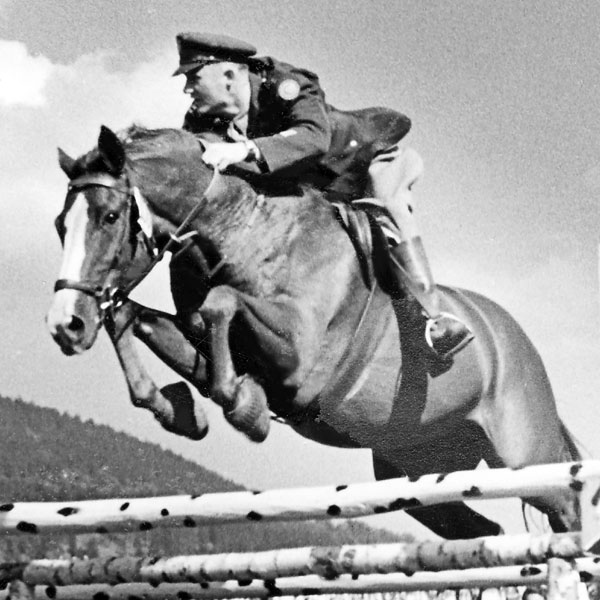
Major General Jonathan “Jack” Burton, always a horse lover, was born in 1919 and began his equestrian career galloping racehorses as a young boy. He enrolled in the ROTC Horse Cavalry Division while at Michigan State University and upon graduation headed to Fort Riley, Kansas, headquarters of the U.S. Cavalry School. Enrolled as a second lieutenant in the Ninth Basic Horsemanship Class, he studied weapons administration, riding, shoeing, veterinary procedures, conditioning, marching, planning maneuvers, pathfinding, night compass courses, and stable management. When the U.S. entered World War II, Burton and his regiment were shipped to Australia to prepare to fight as infantry under General MacArthur and from there he was shipped to New Guinea.
At the close of the war, Burton headed back to Fort Riley to teach Advanced Horsemanship. For the 1948 London Olympic Games, Burton was selected for both the show jumping and three-day eventing teams but ultimately competed on the show jumping team. Eight years later at the 1956 Stockholm Olympic Games he competed for the USET on the three-day eventing team. In 1953, Burton helped organize the first continuous horse trials in the U.S. along with Margaret Lindsley Warden and William Haggard. He also had the honor of writing the first rulebook for combined training.
Burton served a 10-year term as executive vice president of the USET from 1975 to 1985, a three-year term as USCTA president, and was a FEI “I” judge and technical delegate for three disciplines. For years he held FEI Stewards license and American Horse Show Association (now USEF) Judges license. He was also a member of the group that established the North American Young Rider Championships in the 1980s. A lifetime's commitment, not only to eventing but to other equestrian disciplines as well, has resulted in a sport that is strong and viable and infinitely better because of Burton's guardianship.
Captain John H. Fritz (1924-2012)
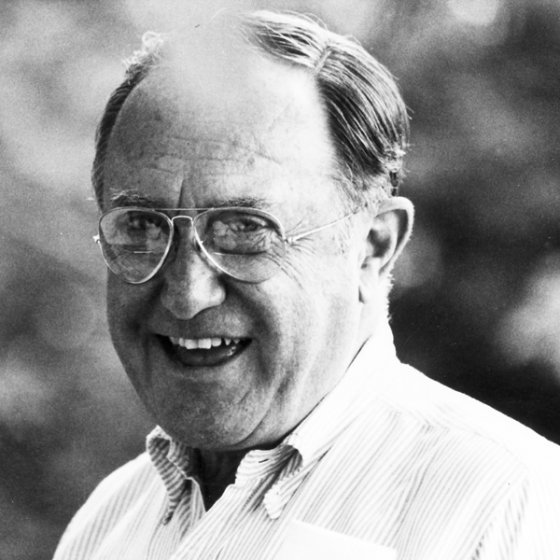
Captain John “Jack” Fritz, born in 1924, rode horses as a child and was introduced to dressage while studying at Princeton University. While stationed in Tokyo during World War II, he developed his passion for three-day eventing through his friendship with Japanese officers who had competed in the 1932 and 1936 Olympic Games. Upon returning to the United States, he began teaching at various institutions, including Culver Military Academy and Farleigh Dickinson University. Fritz obtained his judge and technical delegate licenses during this time and was one of the first dressage and eventing judges in the 1950s. He served at many competitions, including the 1984 Olympic Games and the 1987 Pan American Games.
Fritz was one of the “founding fathers” of eventing in the United States and helped establish the USCTA in 1959. He held innumerable leadership roles in equestrian sport throughout his life, including governor and vice president of the Association, founding member of the United States Dressage Federation (USDF), vice president and president of the United States Pony Club, member of the USET Board of Directors, and chairman of the AHSA Dressage and Eventing Committees. He was a member of the group that created the North American Young Rider Championships and served as a judge, technical delegate, and steward at the competition. Fritz was a recipient of the Wofford Cup in 1978 and the USEF Lifetime Achievement Award in 2000.
Fritz not only spent countless hours drawing up rules and regulations and defining and formulating the precepts by which the sport is governed, he also served as a judge and technical delegate, seeing that the rules he helped create were properly enforced. Generations of Pony Clubbers knew him as the man who set the high standards for United States Pony Club (USPC) examinations, and many young riders were encouraged and helped to further their riding careers through his efforts. "Ubiquity" is defined as the "state of being in an indefinite number of places at once; omnipresence; the state of existing always without beginning or end," and is an apt description of Fritz. He was forever giving of his time and traveled around the world to support and contribute to the sport of eventing.
Edward Harris (1912-2005)
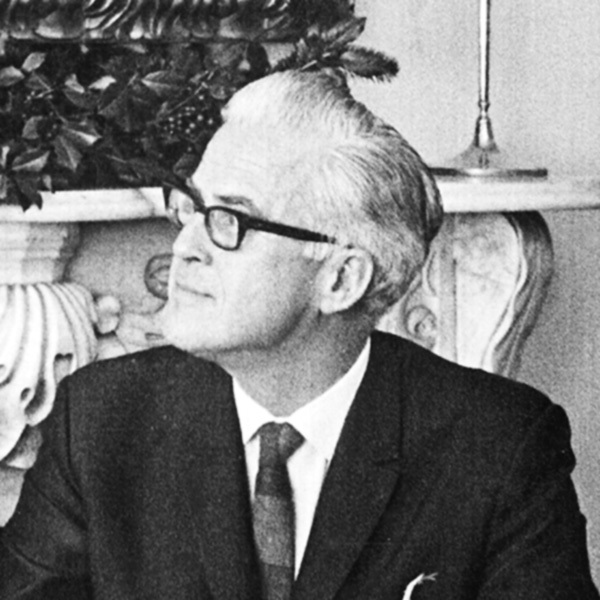
Edward Harris served as a Lieutenant in the U.S. Navy and Captain of a submarine chaser in World War II on both the Atlantic and Pacific Oceans in addition to carrying out the duties of Executive Officer of a destroyer chaser. Harris earned his undergraduate degree at Princeton University in 1935, his law degree from Cornell University in 1938, and worked for Harris, Beach, & Wilcox, the oldest law firm in Rochester, New York, founded by Harris' grandfather in 1856. Harris and his wife Jacqueline established a breeding program at their Hideaway Farm in the 1960s. This program produced the famous eventing stallion Erin Go Bragh, who competed with Carol Kozlowski in the 1980s.
While at the Pan American Games in 1959, Harris listened to a proposal by Alexander Mackay-Smith to form what ultimately became the USCTA (now USEA). Along with Philip Hofmann, Stewart Treviranus, Jack Fritz, and several other key members, they established the Association to promote the sport of eventing in the United States. In 1963, Harris assumed the role of president of the Association. During his time as president he negotiated and signed a contract with U.S. Trust Company of New York agreeing that the USCTA would erect buildings required to operate a school to teach riding instructors on the Morven Park property. These buildings later served as the home of the Morven Park International Equestrian Institute.
Harris and his wife hosted the 1965 National Open Horse Trials Championships at their Hideaway Farm in Geneseo, New York. Harris also served as the chairman of this competition and constructed the cross-country course with the help of a neighboring farm owner. Remnants of this original course can still be found on the property today.
Harris continued to make time to compete in eventing and in 1968 finished second by two points in the Preliminary Horse Trials National Championships. He also maintained his passion for foxhunting and was an honorary trustee of the Genesee Valley Hunt. Harris and Jacqueline were awarded the Governors’ Cup in 1994 for their outstanding contributions to the sport.
Jack LeGoff (1931-2009)
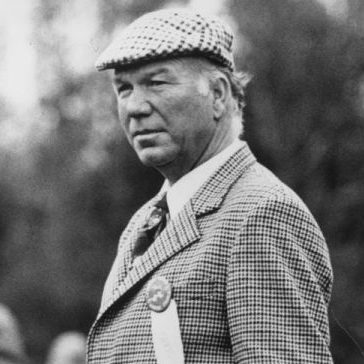
Jack LeGoff was born in France in 1931 and competed in dressage, show jumping, and eventing as a child, even riding steeplechasers as a teenager. He joined the French military in 1948 and began riding for Cadre Noir, the national riding academy. LeGoff was the French National Eventing Champion in 1956 and first competed for France at the 1960 Olympics where he earned a team bronze medal and placed sixth individually. After serving in the Algerian War he represented France again at the 1964 Olympics.
After coaching the French eventing team at the 1968 Olympics he was recruited to coach the USET three-day event team. From 1970 to 1984, the time during which LeGoff coached the team, the United States is said to have experienced the "Golden Age" of eventing and the USET earned an unprecedented 18 medals in international competition:
- Olympic Medals:
- Munich, 1972 - Team silver medal
- Montreal, 1976 - Team gold, individual gold and silver medals
- Fontainebleau, 1980 - Individual silver and bronze medals (Alternate Olympics)
- Los Angeles, 1984 - Team gold and individual silver medals
- World Championships:
- Burghley, 1974 - Team gold and individual gold medals
- Lexington, 1978 - Team bronze and individual gold medals
- Luhmuhlen, 1982 - Team and individual bronze medals
- Pan American Games:
- Mexico City, 1975 - Team gold, individual gold and silver medals
After retiring from coaching the U.S. Olympic Team in 1984, he consulted for the USET identifying and developing riders, served as Director of the USET Training Center, and coached the 1992 Canadian Olympic Team. In 1996, LeGoff judged the Olympic Three-Day Event in Atlanta and served as a FEI judge at other events around the world.
LeGoff was not only a brilliant coach of international teams but took the time to study the grassroots riders, attending not only the top-level competitions but those at the lower levels as well. He conducted clinics that were open to the public and assisted with USPC rallies.
Denny Emerson, who rode under LeGoff on the 1974 gold medal World Championship team, called him the "winningest" coach. Writing in The Chronicle of the Horse, Emerson stated, "Right now, and I'd bet for years to come, the LeGoff dynasty will remain the gold standard against which people will measure any other USET three-day team.”
Alexander Mackay-Smith (1903-1998)
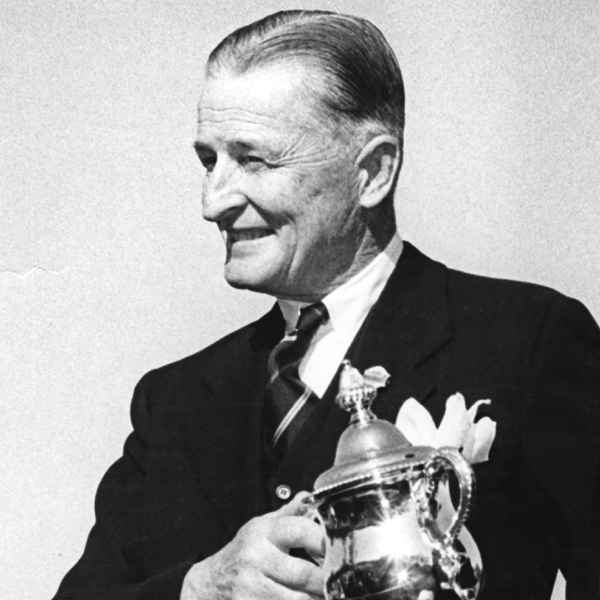
There is possibly no one who has done more to further the interests of all equestrian sports during the last century than Alexander Mackay-Smith. Author, scholar, horseman, and visionary leader, Mackay-Smith left no stone unturned when it came to promoting those causes that were dearest to him.
Growing up in New York City, Mackay-Smith had limited exposure to horses, but somehow managed to ride in Central Park under the tutelage of Count Baretto da Sousa of Portugal. He left New York to attend Harvard College and Harvard Law School in Boston, Massachusetts. Newly graduated, he researched and wrote a report for Governor Franklin D. Roosevelt on New York State's rights in the waters of the St. Lawrence River. When Roosevelt became president, the young Mackay-Smith moved to Washington to serve with the new administration. In 1932, he paid a visit to a cousin in Virginia who took him to his first foxhunt. Two years later, Mackay-Smith became a farmer, horse breeder, and foxhunter, ultimately serving as the Master of Foxhounds of the Blue Ridge Hunt for 16 years.
While serving as editor of The Chronicle of the Horse from 1952 to 1976, he ensured the growth of horse sports by founding or co-founding many organizations. In 1954, along with Col. Howard Fair and Mr. and Mrs. Dean Bedford, he began the USPC. Believing that not enough was being done to promote combined training and foster the grassroots section of the sport, he wrote to more than 100 combined training enthusiasts asking them to attend a meeting during the 1959 Pan American Games in Chicago. It was at that meeting that the idea for the USCTA was born, with Philip Hofmann serving as the Association’s first president and Mackay-Smith as secretary. His continued support and supervision of the organization earned him the title of "Father of the USCTA.”
Numerous other equestrian associations owe their existence to him, including the Museum of Foxhounds in Leesburg, Virginia, The National Sporting Library in Middleburg, Virginia, and the American Academy of Equine Art.
As Mackay-Smith's son Matthew said in The Chronicle of the Horse at the time of his father's passing, "He really thought horses and people belonged together." Few have done as much to ensure that possibility.
Jenny Camp
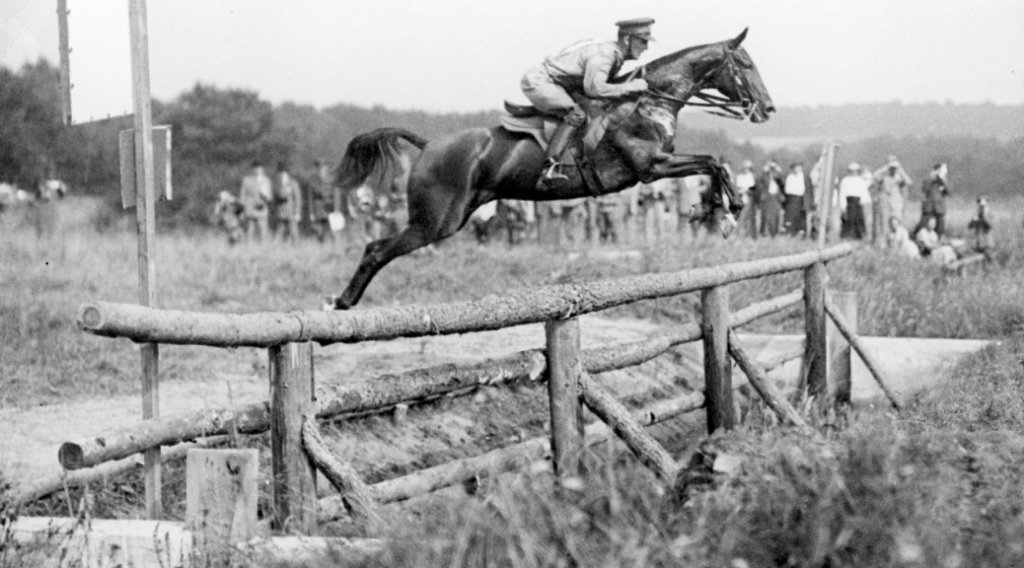
Jenny Camp, a bay mare foaled in 1926 at the Remount Depot in Front Royal, Virginia, is arguably one of the most famous Army-bred horses. By the famous Thoroughbred sire, Gordon Russell, and out of a mare thought to have been part Thoroughbred, part Standardbred, Jenny Camp was first tried as a polo pony because of her small size (under 15.3 hands) and short gaits. However, she was shifted to the three-day squad when it was discovered that she was a talented jumper. Jenny Camp went on to win individual silver medals at the 1932 and 1936 Olympic Games, with Captain Earl F. Thomson in the irons.
Jenny Camp is one of only four horses who have won individual medals at consecutive Olympic Games. It was to be another 48 years before another "little" horse, Mark Todd’s Charisma, also a remarkable jumper, won back-to-back individual Olympic gold at the 1984 and 1988 Olympics, repeating the achievements of Marcroix who, ridden by Lt. Charles F. Pahud de Mortanges for Holland, won the individual Olympic gold medals in 1928 and 1932. Over 75 years later the legendary La Biosthetique Sam FBW would join the special ranks by winning back-to-back individual gold medals at the 2012 and 2016 Olympic Games.
The Grasshopper
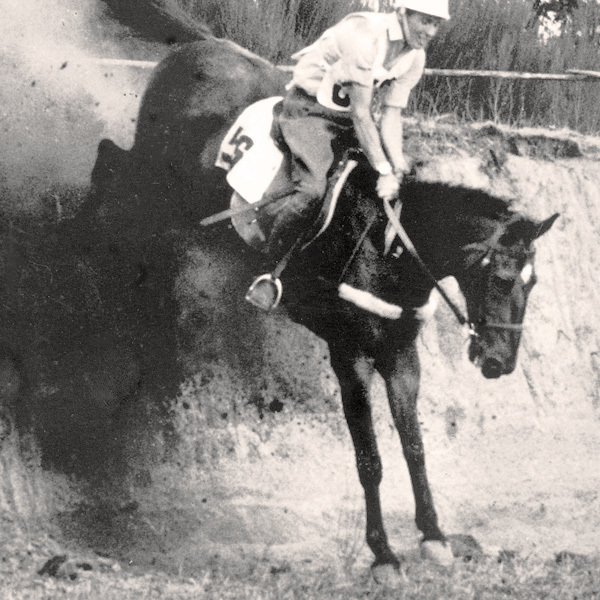
Standing only 15.1 hands, The Grasshopper made history competing in a multitude of interntional team competitions.
After Ian Dudgeon rode him at the 1956 Stockholm Olympic Games, he was sold to John Galvin and shipped to the family ranch in Santa Barbara, California. Two years later, the USET Three-Day Team, including Michael Page, was invited to train at the Galvin ranch. The Grasshopper was assigned to Page to ride and thus began the career of one of the most successful combinations in eventing history. An individual gold and team silver medal at the 1959 Pan American Games was followed by a second individual gold and team gold in Sao Paulo, Brazil. At the 1960 Olympic Games, The Grasshopper finished 17th individually and in the 1964 Olympic Games, at the age of 16, he finished fourth individually and was a member of the silver medal winning U.S. team.


